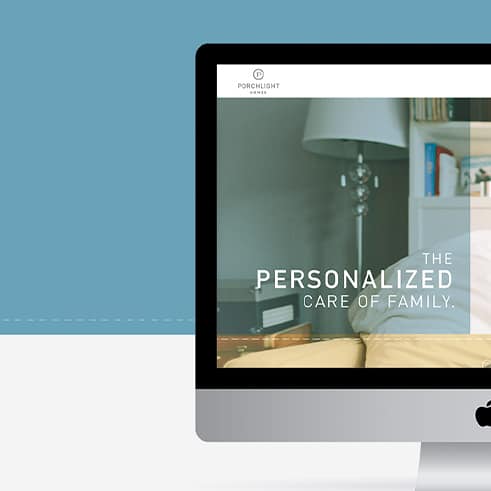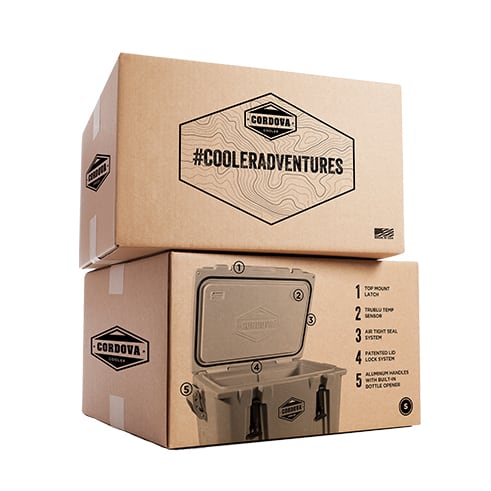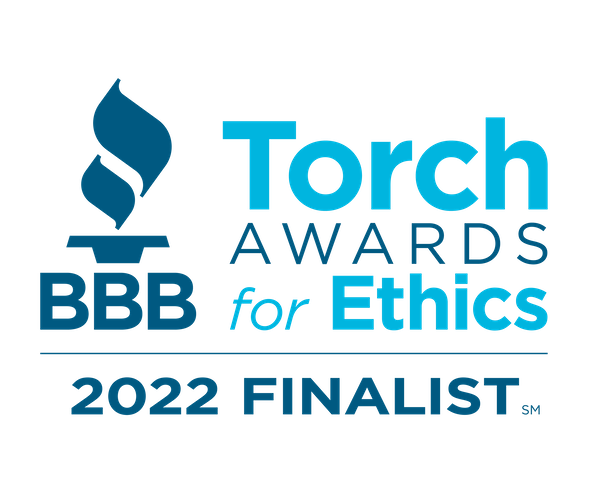Beginner’s Guide: How to Start a Podcast
August 28, 2019
So you want to start a podcast? Well, you’ve come to the right blog post!
Podcasting is an excellent avenue for people to share the things they’re passionate about. Whether it’s about movie reviews, digital marketing tips, scary campfire stories, roundtable discussions on sports or anything in between, there is an infinite amount of topics and niches to talk about and share with the masses.
Its popularity in recent years has grown considerably. Did you know that, according to podcastinsights.com, as of June 2019 there are over 750,000 shows and 30 million podcast episodes? Or that the average podcast listener consumes 7 shows a week? It’s clear to see that people around the world are anxious to share their passions and listen to other people talk about them. (In fact, we here at Commit Agency are putting our podcast together right now! Stay tuned!)
If you’re ready to jump into starting your own podcast, our team has created a handy beginner’s guide, just for you!

Step 1: Planning
Interestingly enough, it’s in the planning stage that people start to get worried and taper off. Not the back-end preparation or ongoing maintenance of the podcast, but of the planning of it all.
And we totally get it!
Putting the first pieces of your podcast together can seem intimidating. With so many big, successful podcasts out there it’s easy to start doubting yourself and your abilities to make a unique show.
Push through those negative thoughts, hype yourself up, and remember: there’s only one you. The fact that it’s your own podcast adds a new voice for others to consume and enjoy. The world needs your input and takes comfort in knowing that anything you put out will be unique and new.
In the planning stage, consider these questions:
- What am I talking about?
- Do I have one topic or multiple? Am I willing and excited enough to discuss this for multiple episodes?
- How often should I be publishing a new episode?
- Weekly? Twice a week? Monthly?
- How long should I aim for each episode to be?
- 10 minutes? 30 minutes? An hour?
- How will the show be formatted?
- What kind of structure will my episodes follow? What kind of show intro and outro will I have? If I’m introducing guests, do we jump into the conversation or take a few minutes to catch up?
- Will I have a co-host?
- What should I name my podcast?
- Should my podcast have a social media presence?
- What platforms do I want my podcast to live on?
- Apple Podcasts? Google Podcasts? Spotify? Stitcher? Pocket Casts?
Additional questions will no doubt arise but having established answers to the ones listed above can help you resolve them.
Step 2: Preparation
Congratulations, you’ve made it to step 2! Give yourself a pat on the back, you’ve done a lot already.
With the planning steps figured out, you’ll also need to take time to prepare and start to organize how the podcast will come together from a technical standpoint.
In the preparation stage, consider these questions:
- What kind of audio equipment do I need?
- Do I want professional microphones with stands and pop filters, or am I comfortable with the audio quality of my phone/computer?
- What audio editing software should I use?
- What kind of branding do I need?
- Should I make more than just a logo for the show?
- What hosting options should I use?
- Do I need to create show notes?
- Do I want this to be uploaded to a new or current blog/website of mine?
Keep in mind that you don’t need the latest and greatest equipment or tools to produce a great podcast. Over time, you’ll grow in skill and experience and you can upgrade if you so choose. For now though…
Step 3: Recording and Editing
Now that we’ve planned and prepped, what do you say we go out and get this show recorded?
Preparing to record a podcast can also be a bit intimidating. You may not like the way your voice sounds when it’s recorded. You may worry about speaking too fast or too loud. Take heart in knowing that most, if not all, other podcasters have felt this same way before and they’ve come out on top in producing a great show. You can too!
In this stage, consider the following:
- Do a run-through so you feel comfortable and more relaxed come recording time
- Use a multi-track template to organize when all your segments occur, like the intro, outro, main recording, and additional recordings.
- Don’t have too much “dead air”. Tighten up any pauses or breaks in the editing process to ensure a smooth listening experience for others.
- Once it’s been edited, let another person listen to the episode first. Ask if the volume and levels are okay. Ask them what they think you did well in and if there are any pointers you should look for or do in your next recording.
And, once that audio file is all ready to go…
Step 4: Publish
You’ve done it! You officially made a podcast episode for your new show!
Go ahead and hit the publish button on whatever service you’re using to share your podcast. If it’s distributing to other platforms like iTunes, Google, Spotify, etc, know that it may take a couple of days for it to be verified by their platforms.
Welcome to the world of podcasting!





















